|
Grabbing a holiday during a busy ecological survey season can seem a nigh on impossible task at times. But a week away in North Wales with the family has certainly recharged the batteries and has certainly confirmed in my mind the true value of a bit of time away from the day to day joys of running a small business.
We were lucky enough to spend a week or so in a fantastic location on Anglesey and of course there was a bit of time to be spent botanising, birdwatching and hunting for bugs with my two boys.
1 Comment
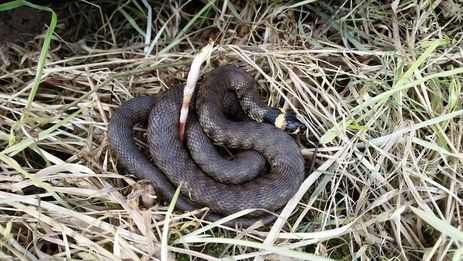 Grass snake recorded during reptile survey in Norfolk, May 2018 Grass snake recorded during reptile survey in Norfolk, May 2018 It is nearly the middle of May already and like all good ecologists, much of my time is spent out 'in the field' undertaking surveys of sites for projects. This week has seen a particularly varied selection of surveys including:
1. The planning application is still undetermined and is valid through the East Suffolk Planning website using planning reference: DC/18/0745/FUL | Construction of a new chapel on land formerly in agricultural use
2. The "Planning Report" states that no ecological assessment has been made. The full text of section 10.3 of the planning report reads: Ecological Surveys/Assessments No ecological assessment or survey has been made. The site lies in an area which was formerly arable land with no evidence of a more intensive use. It is currently newly planted with trees which form a first phase of the anticipated development. There is a natural pond under construction to the south of the site which also forms part of the wider phased development. The pond is not yet colonised and will be planted through the winter and into the next spring. One may reasonably expect that it will form a habitat after the construction of the Chapel and that no risk to ecology will yet have arisen. The planted area, similarly, is in its early stages and grass is regularly mowed between and around the trees. The prospect is for this environment to provide rich and diverse ecology following the completion of the chapel and the onward growth of the pond and trees. There is a fishpond at Wynney’s farm some 180 meters from the site, but this is populated with ducks and is a poor habitat for Great Crested Newts. (GCN) There is a recently withdrawn planning application for a back land development at to the rear of Osier house and Reap House off the Saxtead Road to the east of Wynneys Hall, which included an ecological survey and mitigation carried out between 2014 and 2016. This recorded a population of GCN at the Chestnuts and Little Crimbles some 300 meters from the Chapel site. We understand from the report that in conjunction with the housing development mitigation measures have already been taken for this population which appears to be self-contained within that locality, with hibernating sites in the adjacent properties and woodland. We do not expect the population to migrate to the Chapel site across the Wynneys Hall land which, by its present nature, offers little cover. There is a heavily shaded and overgrown field pond by some 80 meters from the site which, at the time of inspection was bone dry (December2017) . A desk top study assessment using the Amphibian and reptile groups of the UK advice note 5 (2010) gives an estimated score of less than 5 indicating poor suitability for GCN. 1This indicates that there is no risk or need for an ecological report for the chapel site. In this regard we also note that various applications at Wynneys Hall for a Coach House (2016), Orangery (2016) and Pool House (2015) were all granted without the need for an ecological report. There are many problems with this section of the report and alarm bells would be ringing for any ecological consultant with even the most basic knowledge of surveying for GCN and providing effective mitigation strategies. Firstly, 'former' arable use indicates a lack of management which can create very good habitat for GCN and the presence of nearby ponds with GCN means that an ecological assessment should be regarded as absolutely essential. 3. These shortcomings have been highlighted in consultation responses from a local ecological consultancy employed by a local resident and the Suffolk Wildlife Trust. The ecologist concerned also undertook the previous ecology surveys referred to in the Planning Report - concluding that the local area supported a medium population of GCN, but that the surveys are now out of date. Importantly, the report from The Landscape Partnership states that "...it may be appropriate to defer making a decision on this application until such time as a survey can take place". So.... to summarise. The application has not been determined and thus there is time for it to be resolved, or deferred/withdrawn. The newts have not scuppered Ed's plans, but a lack of understanding of newt survey requirements for planning purposes and the implications for planning applications has undermined the proposed scheme. There is still time to sort it out! March is a month of transition in the bird world and this makes it a fascinating time to undertake bird surveys. This morning I was up well before dawn to get to a site to start a breeding bird survey. At first light the birds are active and vocal and this is the best time of day to see what is about - the dawn chorus is a perfect description!
In March, however, we have yet to receive the influx of summer migrants, although a few pioneer records of early arrivals are being logged across the country. Birds such as the willow warbler, swallow and cuckoo are still a few weeks away and for the most part, the breeding activity is focuses on our resident species. This morning, there was a flurry of male dunnocks, robins, great tits and blue tits trying to impress potential mates, generally trying to establish territories and in some cases start nest building. Our winter migrants are still here and I was pleased to come across a good sized flock of field fare: another few weeks and they will be gone. Another highlight was a few flocks of goldfinches busily feasting on teasel heads.... Always a joy to behold. The bird world has been excited at the prospect of a rare visit from a snowy owl this weekend. Unable to head over to the coast to see it at the weekend, it appears to have moved on and has not been seen for a day or two..... In birding circles this makes me a dipper!
The snowy owl spent a couple of says at the excellent North Norfolk reserves of RSPB Titchwell and Snettisham. These are both reserves I spent many happy months over 20 yrs ago as a volunteer warden - acting as a guide in the shop and hides, undertaking bird counts and carrying out practical management work. It is always good to get back to visit and seeing many photos of the snowy owl at these reserves has reminded me a visit is needed - even without a snowy owl it will be worth the trip. In November 2017, Natural England updated the Standing Advice relating to Ancient Woodland and Veteran Trees - this advice has been tweaked in January 2018 to revise some of this advice.
In relation to veteran trees, the advice updated in November 2017 has not been amended. This advice introduced a key recommendation for a "buffer zone at least 15 times larger than the diameter of a veteran tree or 5m from the edge of its canopy, if that’s greater" and "protecting veteran trees by designing open space around them".
This is potentially important for developers as it is an increase on the maximum root protection area of 15m recommended by the arboricultural British Standard, BS 5837). For further information, please feel free to contact us on [email protected] or call us on 01379 890770. The Chartered Institute of Ecology and Environmental Management (or CIEEM) has recently published a guide to ecological surveys and their purpose, which aim to provide guidance for those undertaking preliminary ecological surveys and appraisals. Click on the image below or here to access the guidance on the CIEEM webpage. 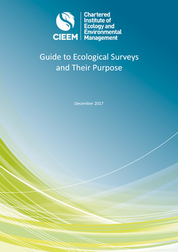 The guidance clearly sets out the approach needed to ensure that planning applications are compliant with statutory legislation relating to nature conservation as well as planning policy, including those policies specified in local plans, as well as in the National Planning Policy Framework (NPPF). I see this guidance as reflecting the approach that I have successfully developed and applied in nearly 20 years of working as a professional ecologist. Essentially, there are two key stages within a Ecological Impact Assessment process that culminate in an EcIA report that accompanies a planning application. 1. A Preliminary Ecological Appraisal (PEA), which normally comprises a desk study and a high-level ecological survey of the site, often using a method known as an Extended Phase 1 Habitat Survey. The aim of this survey is to identify the ecological features present, or potentially present, with a Site or its surrounding area. A PEA Report may be produced but is seldom sufficient for planning purposes as its aim is to determine whether further surveys (often referred to as Phase 2 Surveys) are required or to inform the design team on any ecological issues that may need to be considered within the proposed scheme. A PEA can be used to scope the ecological issues relevant to a site; where a Site may be very straight forward, with no significant ecological issues, a PEA report may be sufficient. 2. An Ecological Impact Assessment (EcIA) is the process used to assess the likely significant effects of any development project or scheme on the ecological features and biodiversity that could be affected. This involves the survey information obtained from an extended Phase 1 Habitat Survey as well as any further Phase 2 surveys that may be required, for example, for birds, reptiles, amphibians (such as great crested newt) or mammals (bats, otters, water voles etc). To accompany a planning application, an EcIA report is prepared that should be structured based on guidance set out in CIEEM's Guidelines for Ecological Report Writing to provide the appropriate level of information to the planning decision-maker sufficient to answer the following questions:
For more information about ecological surveys and/or assessments, please feel free to contact us for an informal, no obligation discussion, where I would be happy chat about these issues further. We are delighted to have been successful in winning an auction designed to fund the Atlas of Britain and Ireland's Larger Moths which will be published in 2018. This Atlas being produced by the lovely folk at Butterfly Conservation to mark the occasion its 50th anniversary will be the first ever atlas of Britain and Ireland's larger moths and will provide up-to-date distribution maps and species accounts of almost 900 species. Species of moth are being offered for sponsorship in a Moth Auction spread over six batches between May and October and we have been successful in Batch 2........ To find out more about this great project or to sponsor a moth in one of the other batches being made available, click on the link below:
Sometimes newt surveys are not very exciting from an amphibian perspective - which is good for clients, but may reflect ponds that have been degraded or neglected. However, this does not necessarily mean they are lacking in life - a grotty little Norfolk pond I was surveying last night was teeming with invertebrate life. Highlights were several water stick insects - fascinating predators of this murky, silty world, which hunt other inverts as well as larger prey such as tadpoles.
May Bank Holidays offer great opportunities for exploring the natural jewels and early May is the perfect time to explore bluebell woods. Here in Suffolk, Bradfield Woods is a gem - an ancient woodland that is expertly managed by the Suffolk Wildlife Trust in a style of management known as coppice with standards. Much of the wood comprises hazel and ash coppice with mature trees including some fine oaks rising majestically above the coppice layer. The result is a splendid wood with a wealth of ancient woodland indicator species - on show this weekend were bluebells (of course) but also some marvellous early marsh orchids, wood anemones, carpets of wild garlic, and for me the pick was a few remaining oxlips (a rare species nowadays). I would highly recommend a visit - a few hours of wandering around the woods is perfect escape from the trials and tribulations of everyday life! Bradfield Woods is a few miles from Bury St Edmunds, and is National Nature Reserve and Site of Special Scientific Interest. More information can be found at the Suffolk Wildlife Trust website. Read on for more about a recent visit to see the bluebells at their best.
Throughout the wood, birds were in full voice, and an early morning visit is something I will try and fit in this month to take full advantage of the dawn chorus and the full gamut of woodland bird song. Occasionally we caught sight of dormouse tubes and nest boxes, evidence of the work of the Suffolk Wildlife Trust who have been active in re-introducing this species to this part of Suffolk.
|
Jon HuckleThis is intended to host my articles on ecology, news about what I am up to, and general musings or ramblings about things that concern me.... Archives
February 2023
Categories
All
|


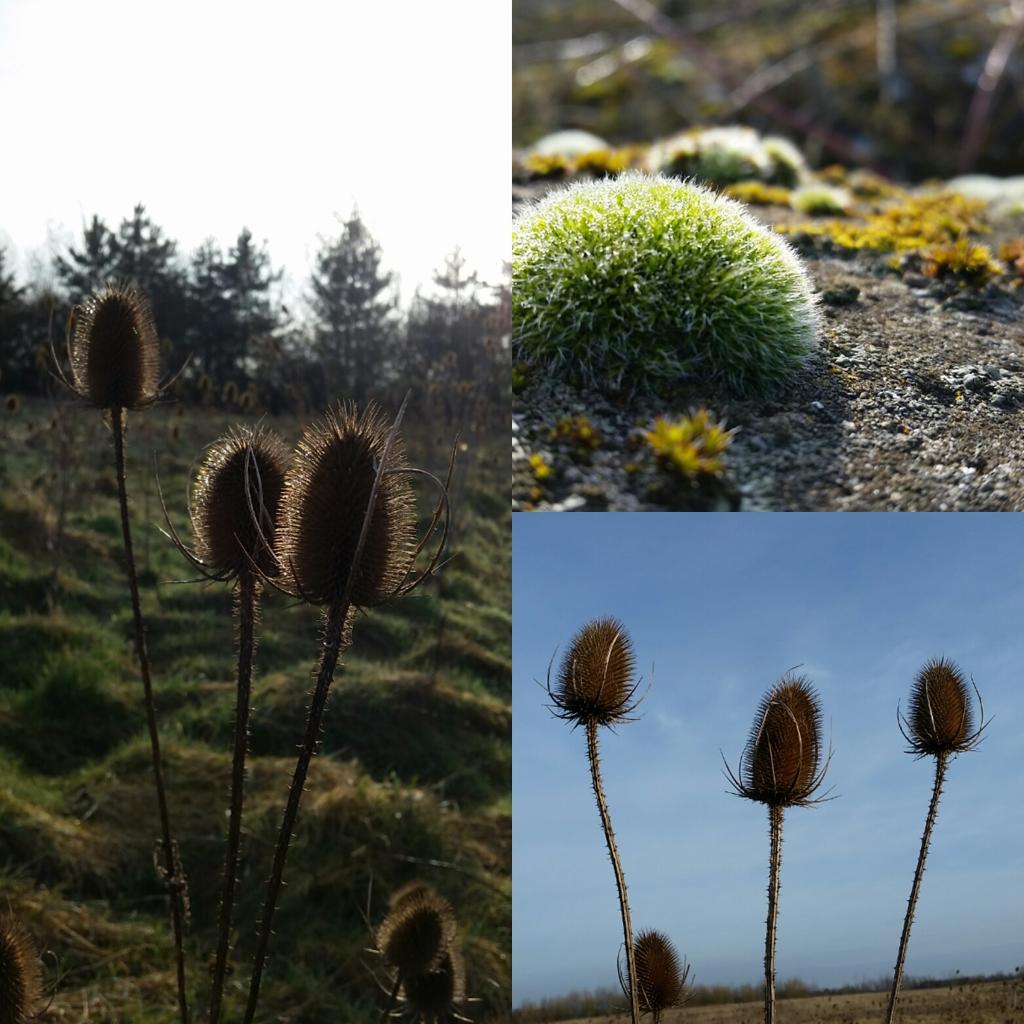
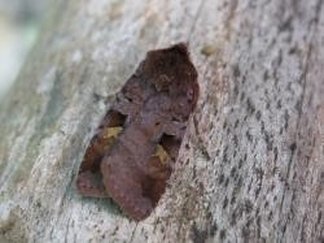


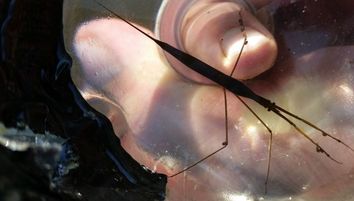
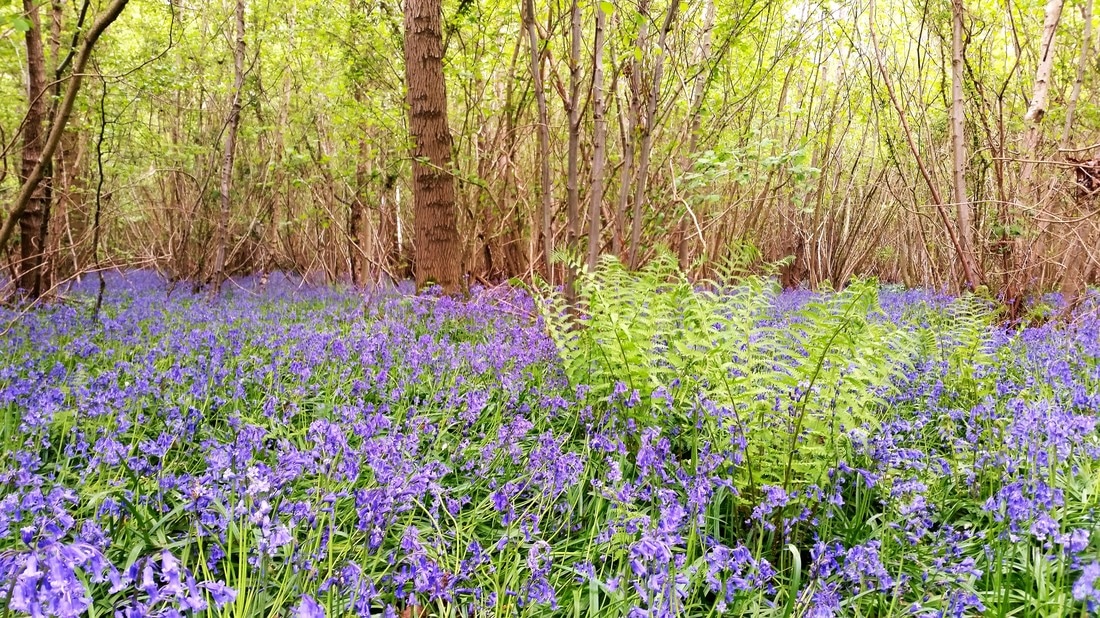
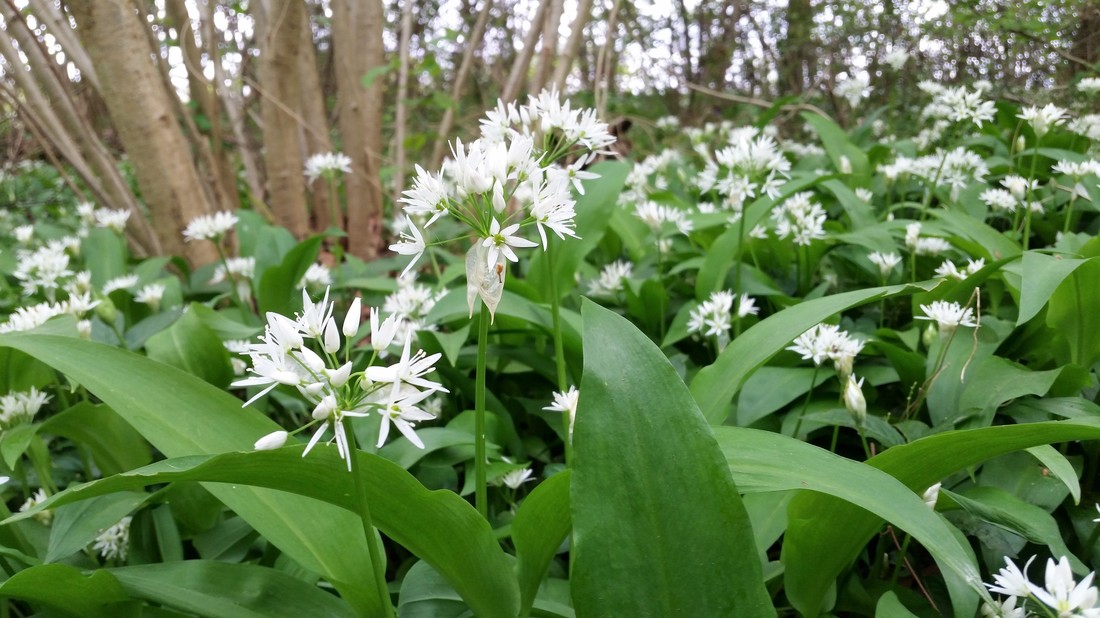
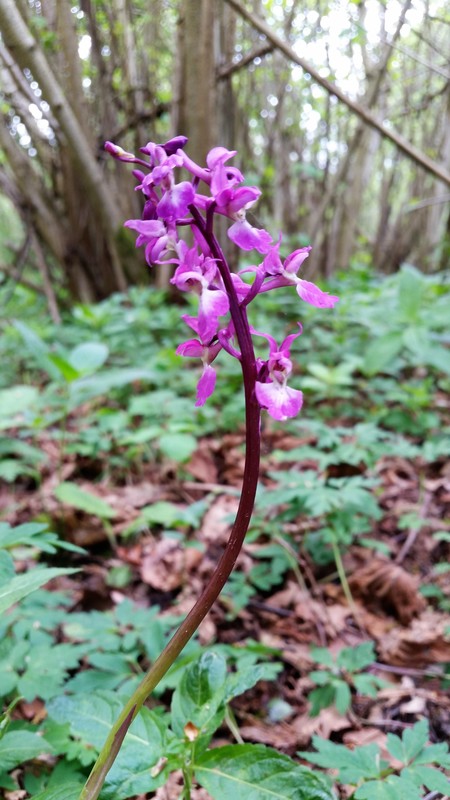
 RSS Feed
RSS Feed
